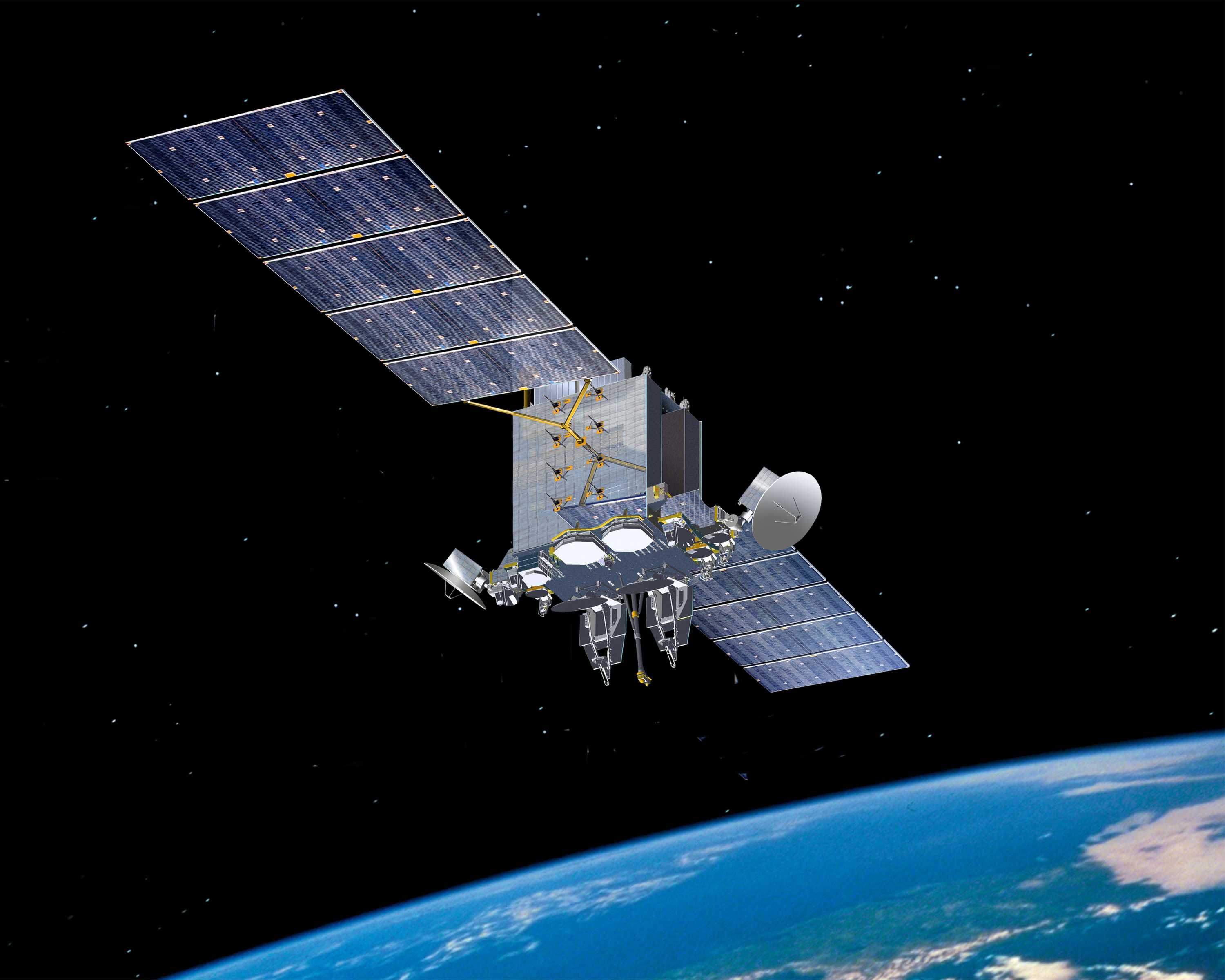Military satellites are still worryingly vulnerable to cyberattack

A new report says hackers could wreak havoc by interfering with space-based communications and navigation services that NATO armies rely on.
The threats: The study, published by the UK’s Royal Institute of International Affairs, says that military satellites face the threat of hackers using malicious code to jam battlefield communications or disrupt automated missile-defense systems. Attackers can also create fake GPS signals from satellites. Known as “spoofing,” this could be used to surreptitiously redirect everything from planes to ships and ground forces.
Security researchers have already highlighted the vulnerabilities associated with communications satellites. Hacking satellites could be a far more effective way of compromising an enemy than simply blowing them up.
Satellite dependency: During the US-led invasion of Iraq in 2003, just over two thirds of US munitions were guided via “space-based means” says the report—up from just a tenth during the first Gulf War in 1990-’91. This “critical dependency on space” makes cyber vulnerabilities all the more concerning.
Plugging the holes: The think tank has come up with a list of steps NATO countries should take to improve satellite security. These include making sure all ground control systems are properly protected with updated software and access controls, as well as ensuring greater interoperability between different countries’ satellite so that if one group is hacked, troops can rely on other satellites for backup.
Sign up here to our daily newsletter The Download to get your dose of the latest must-read news from the world of emerging tech.
Deep Dive
Computing
How ASML took over the chipmaking chessboard
MIT Technology Review sat down with outgoing CTO Martin van den Brink to talk about the company’s rise to dominance and the life and death of Moore’s Law.
How Wi-Fi sensing became usable tech
After a decade of obscurity, the technology is being used to track people’s movements.
Why it’s so hard for China’s chip industry to become self-sufficient
Chip companies from the US and China are developing new materials to reduce reliance on a Japanese monopoly. It won’t be easy.
Stay connected
Get the latest updates from
MIT Technology Review
Discover special offers, top stories, upcoming events, and more.